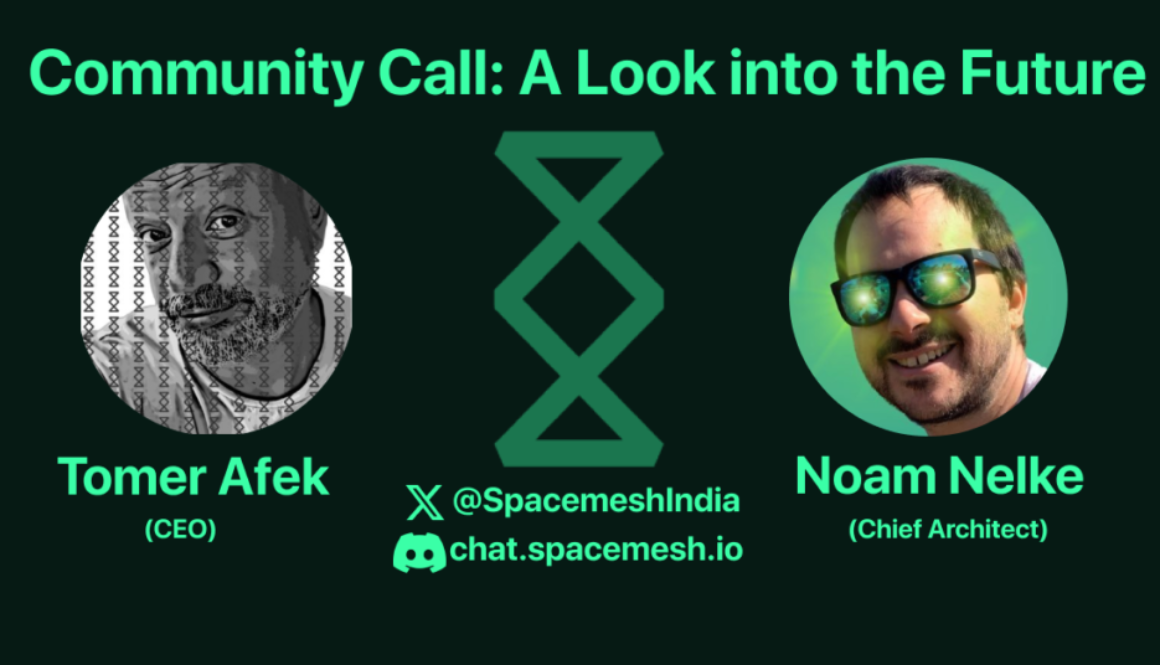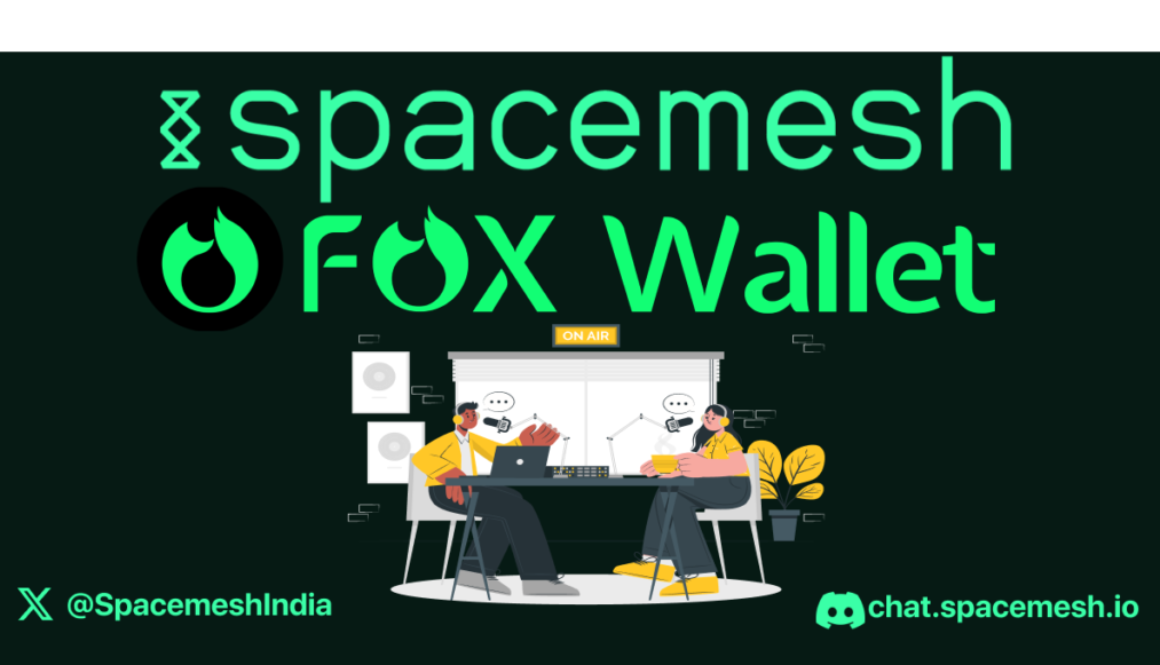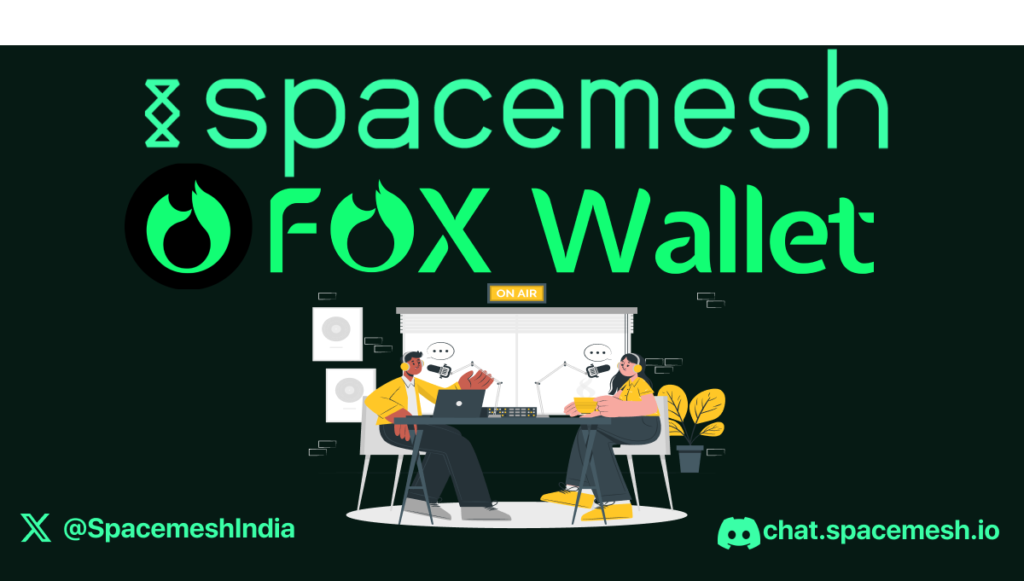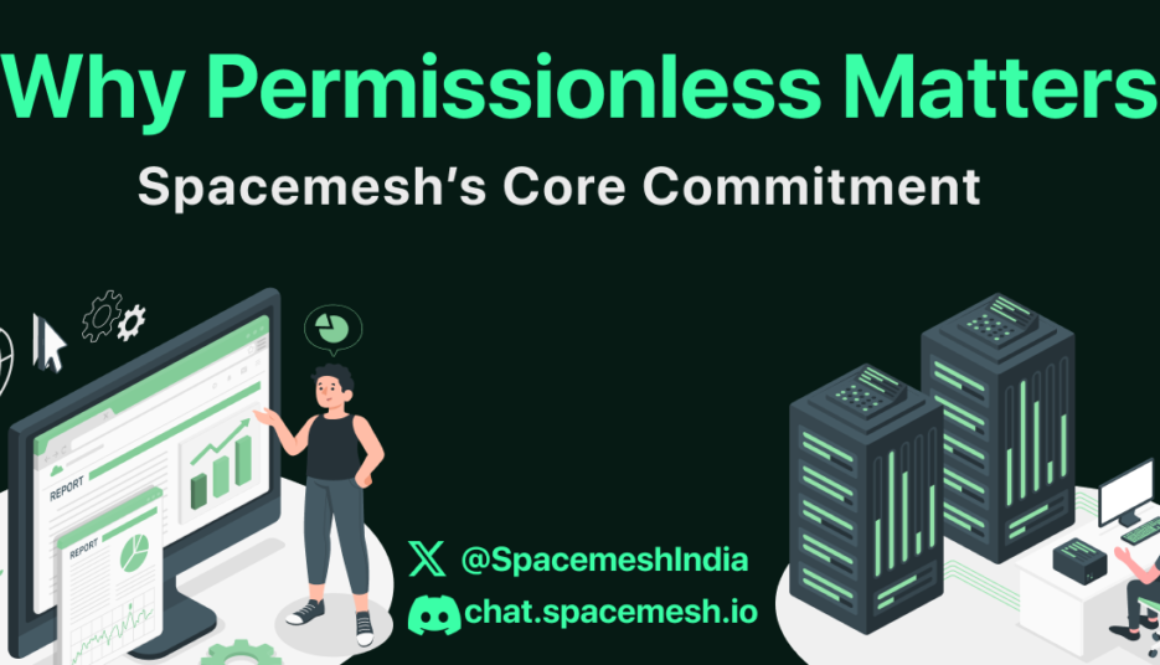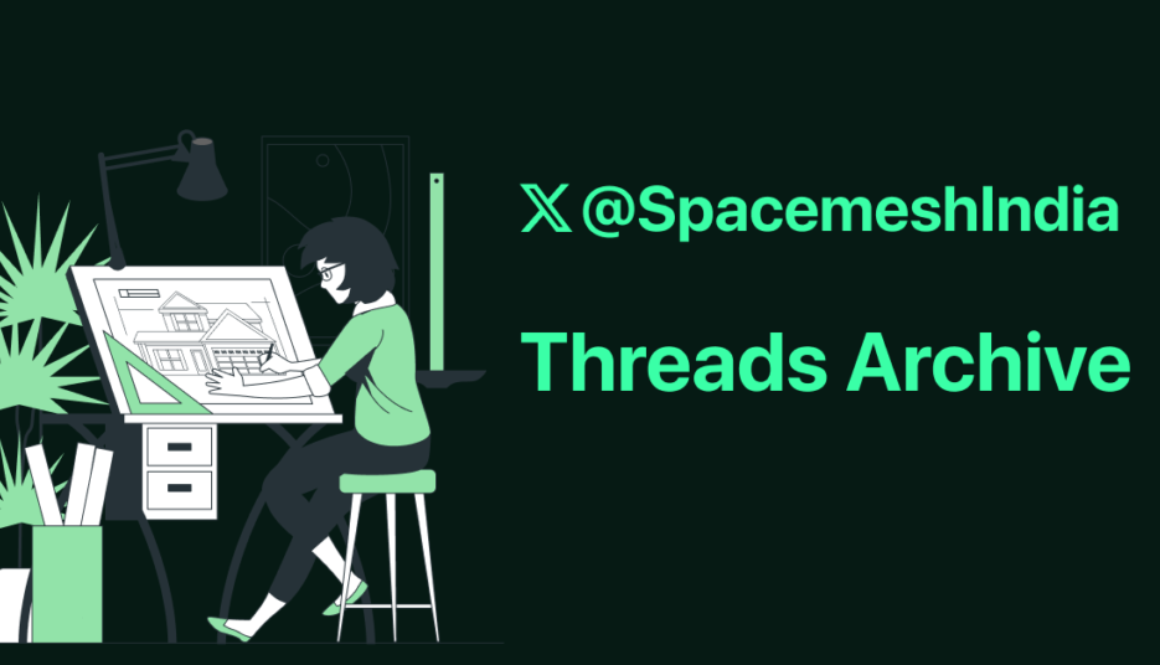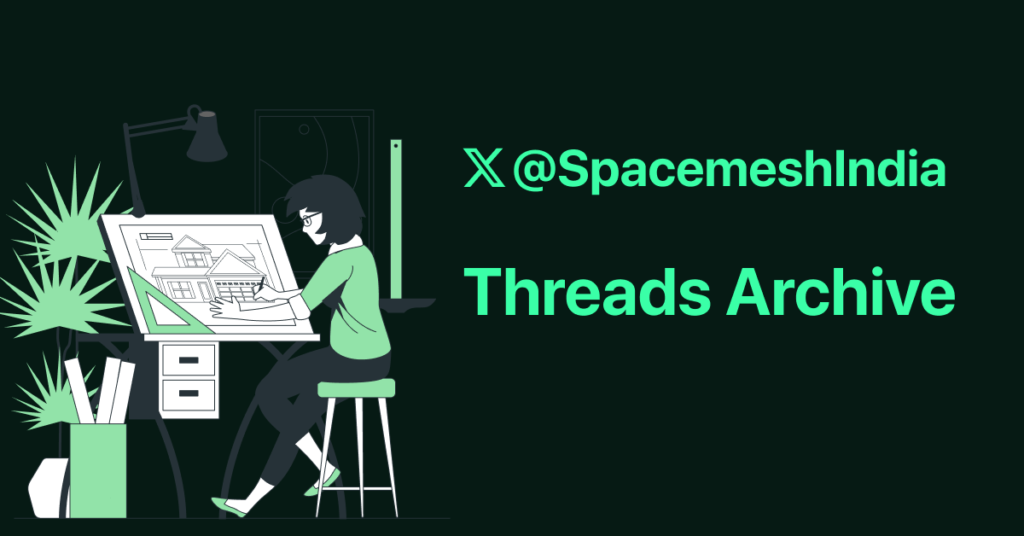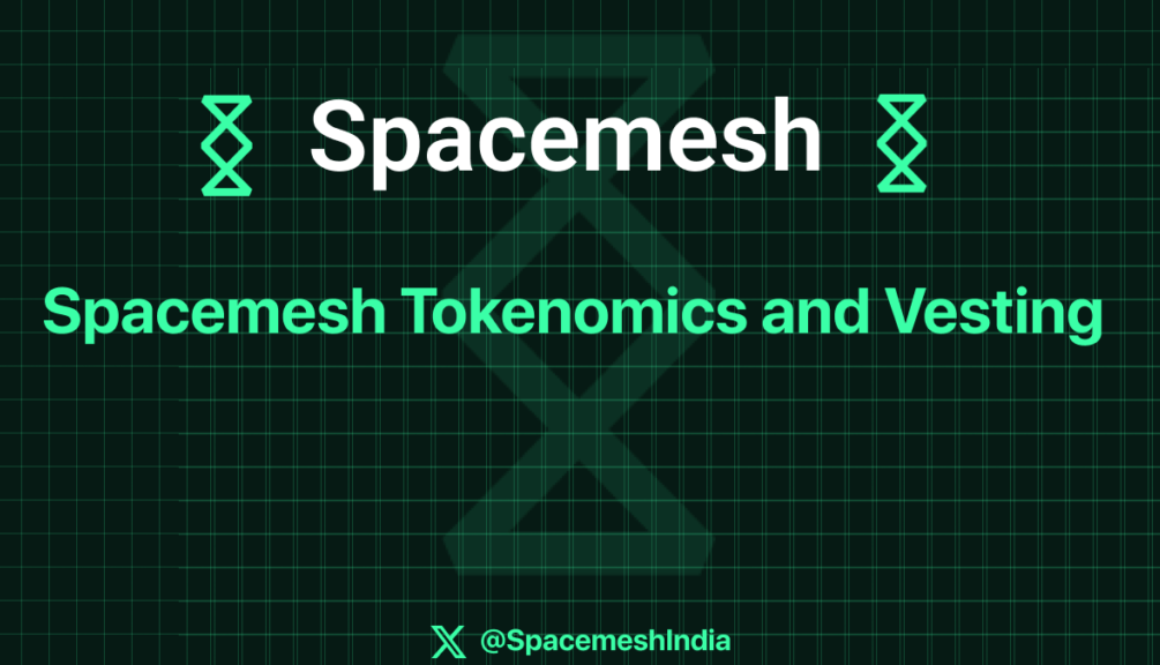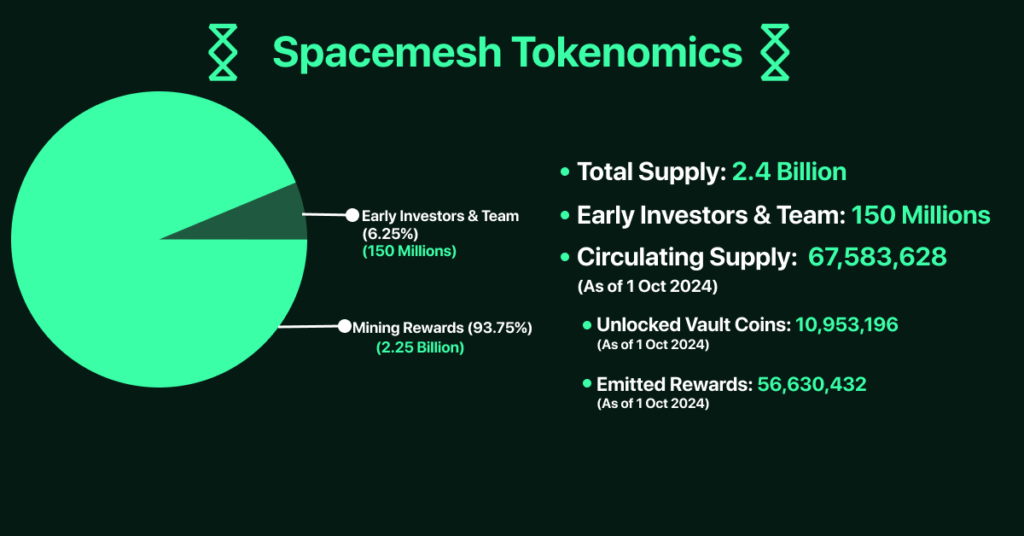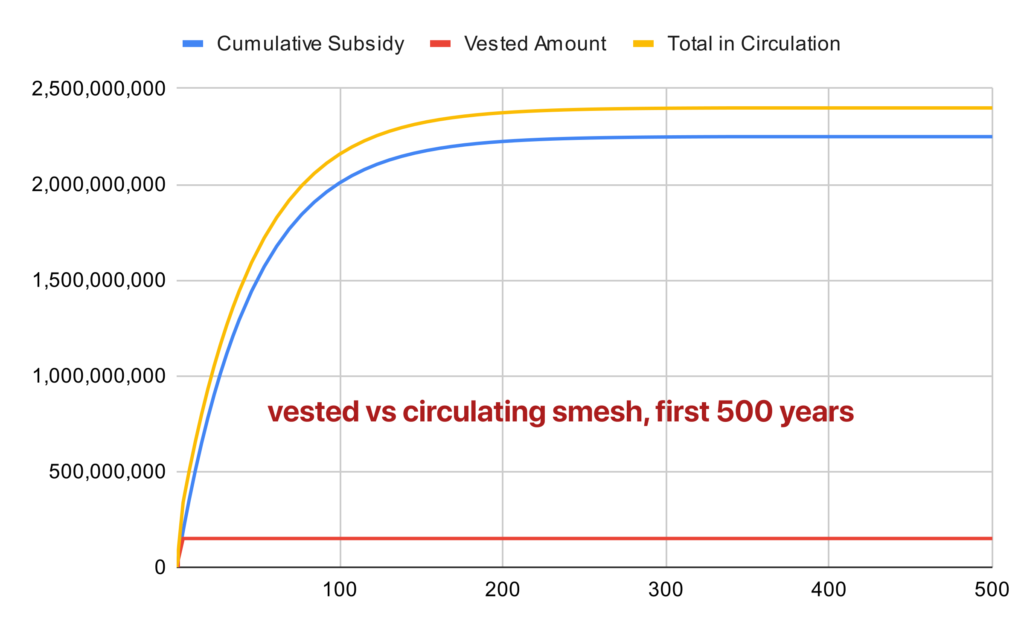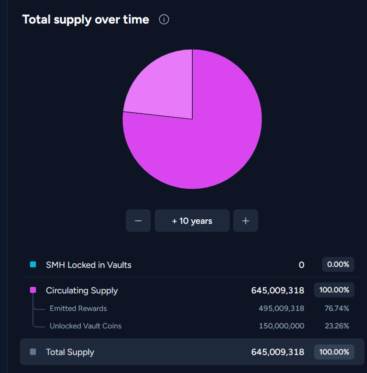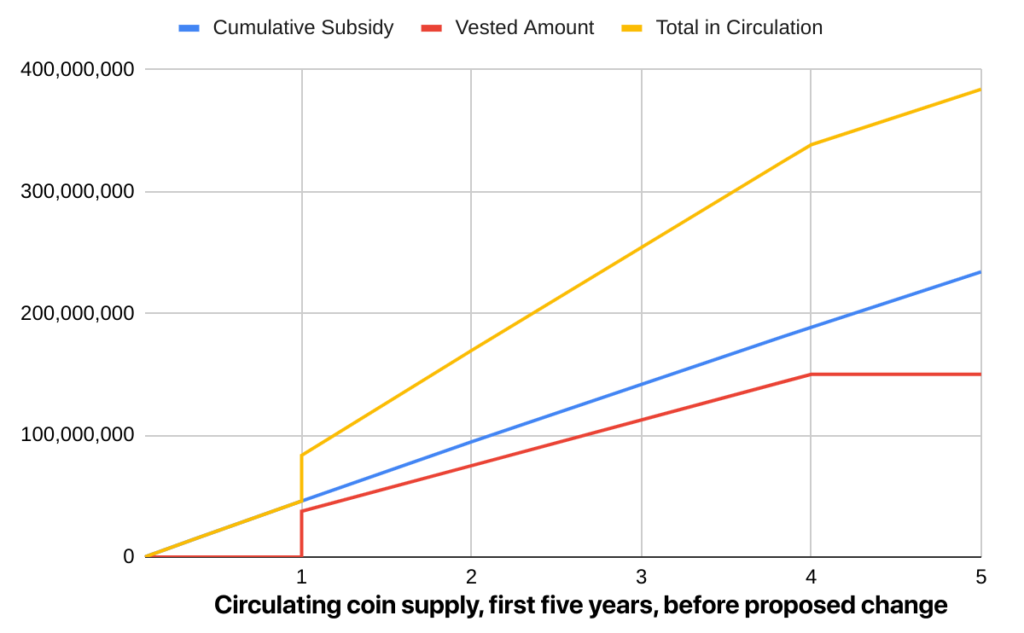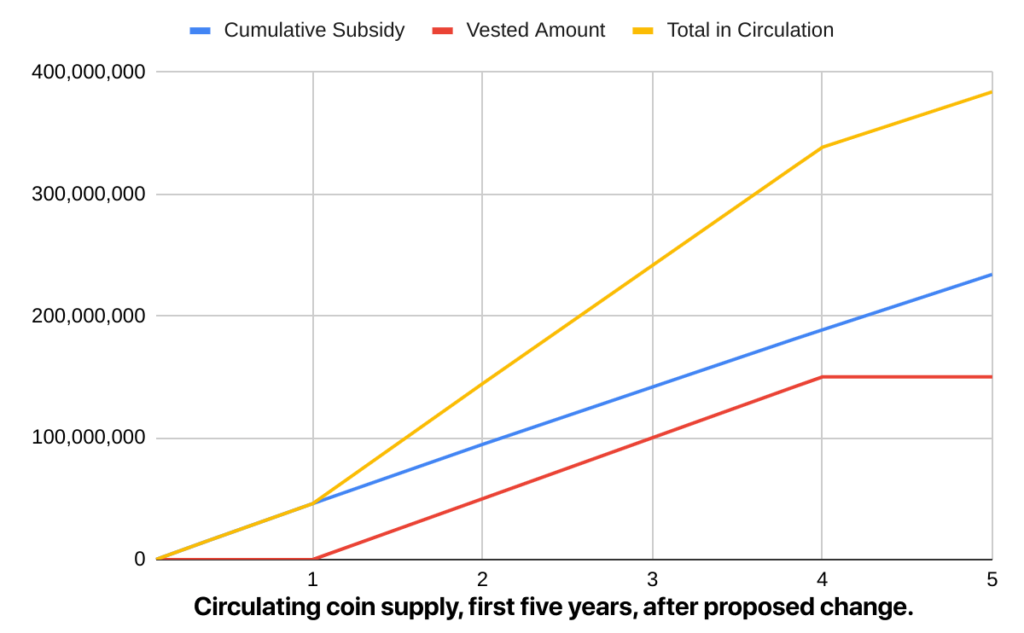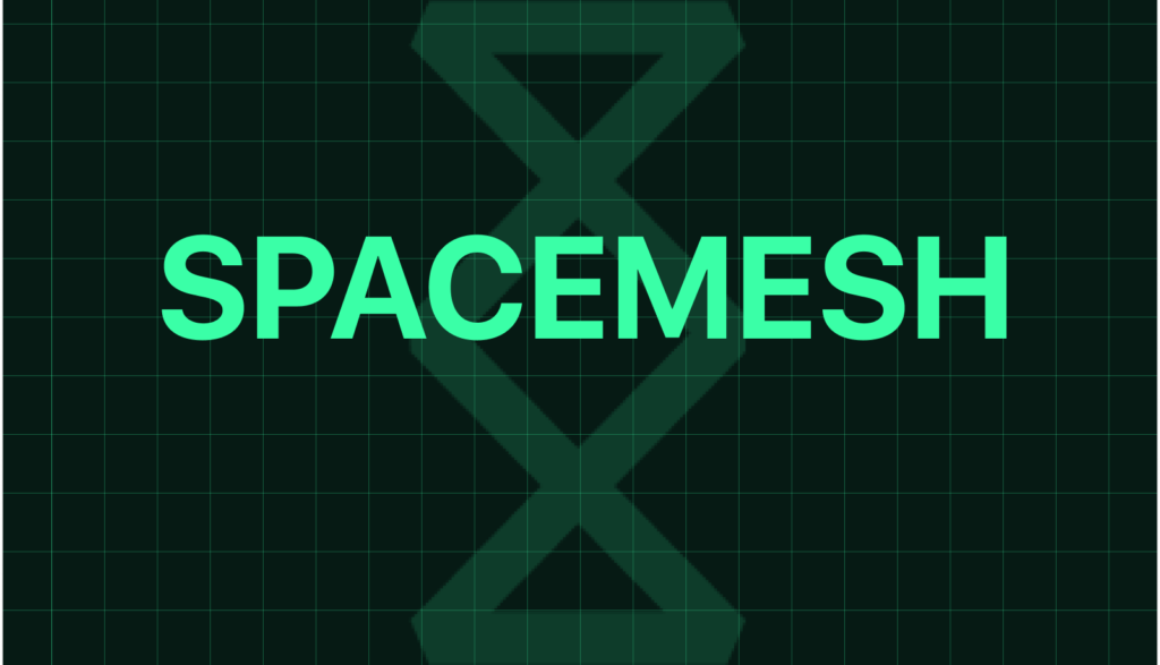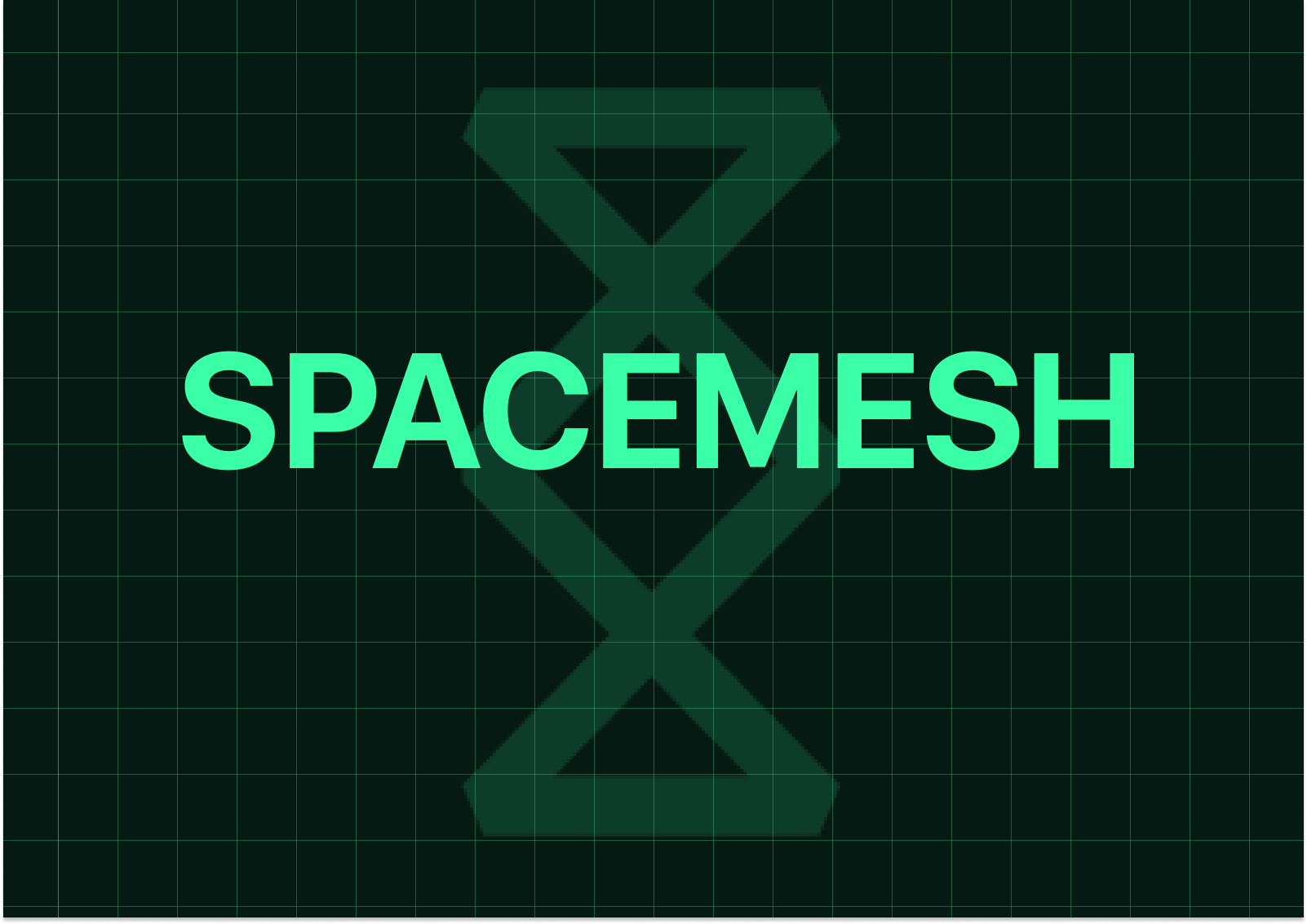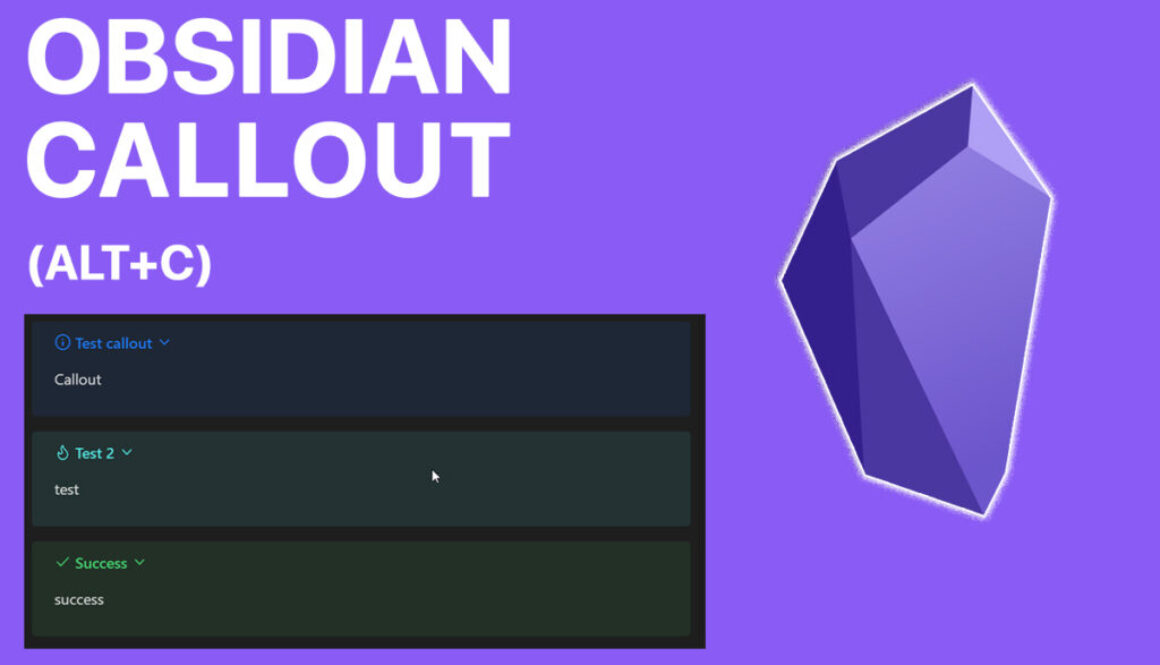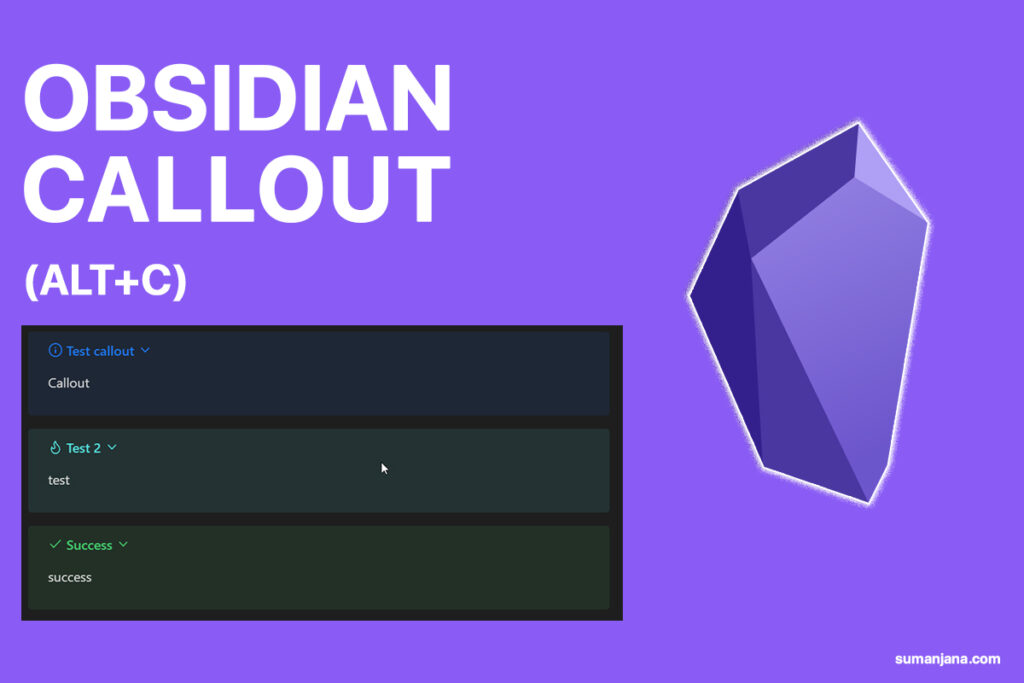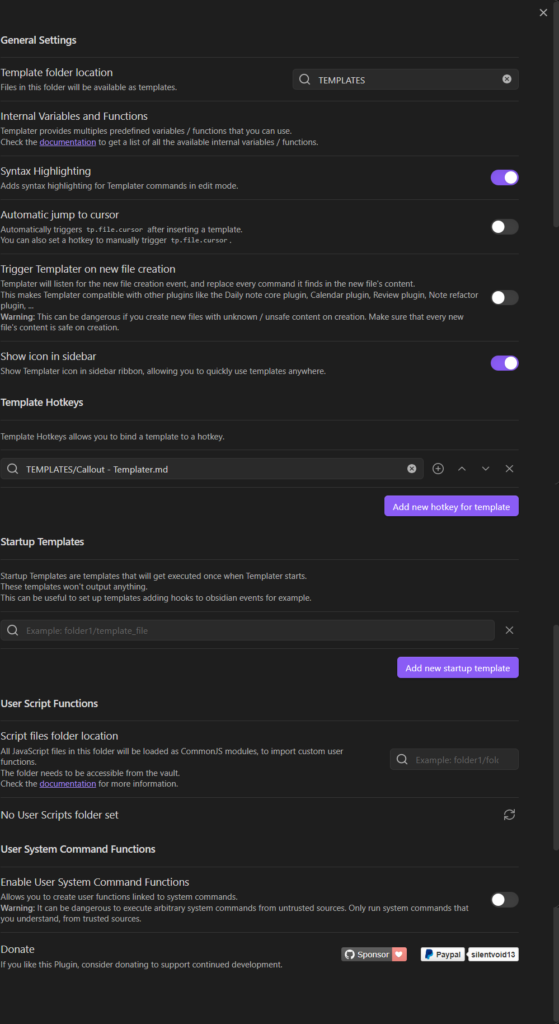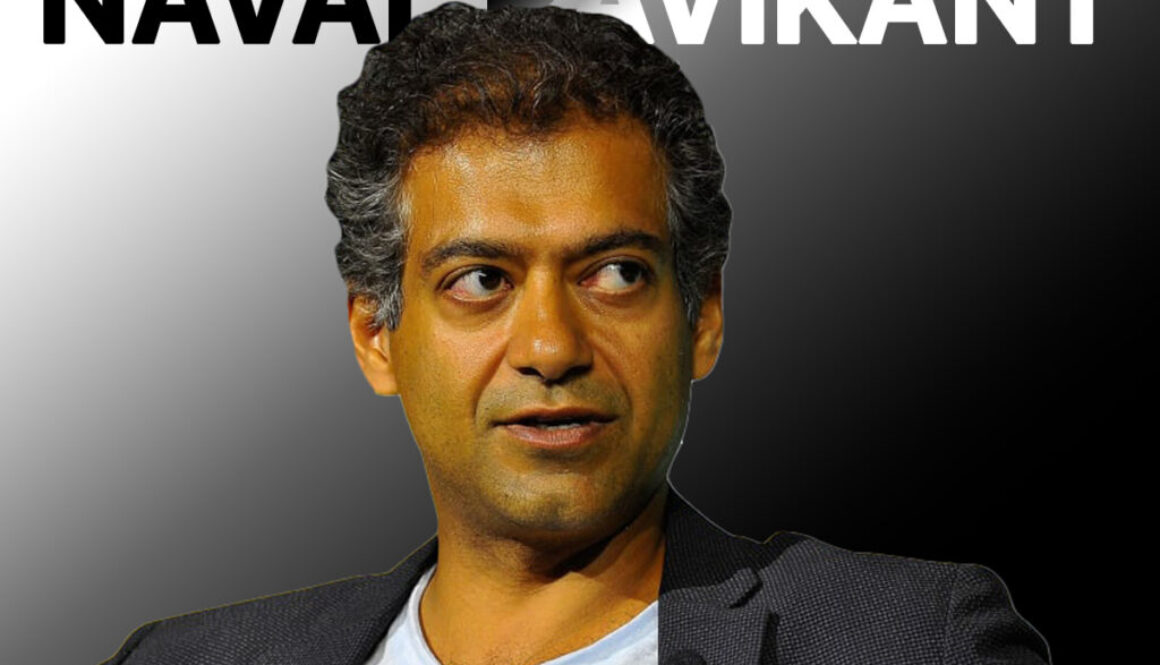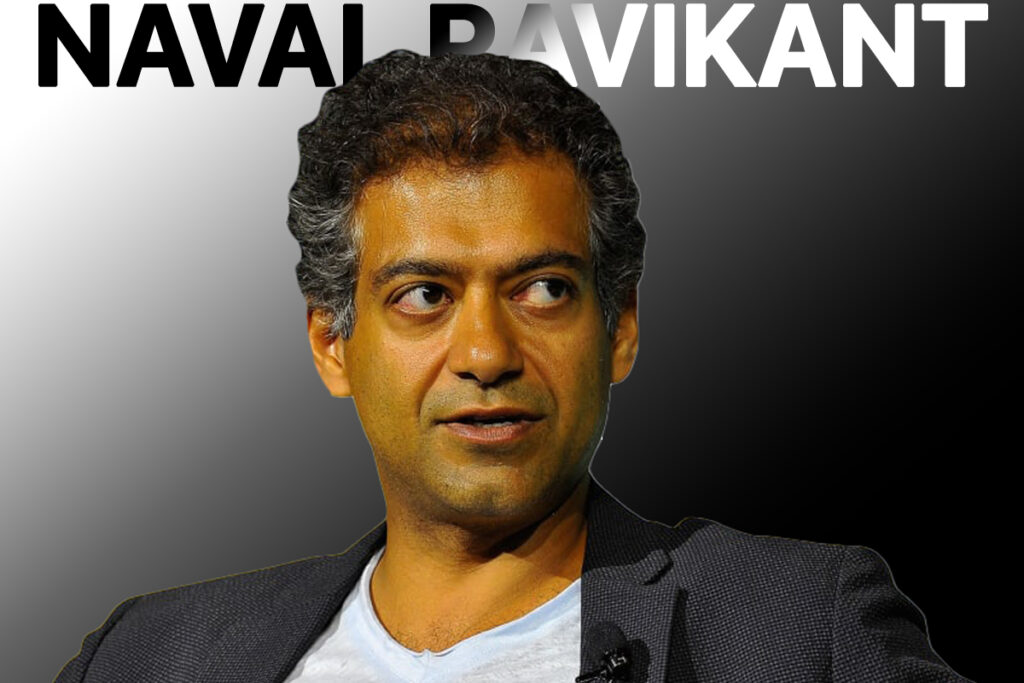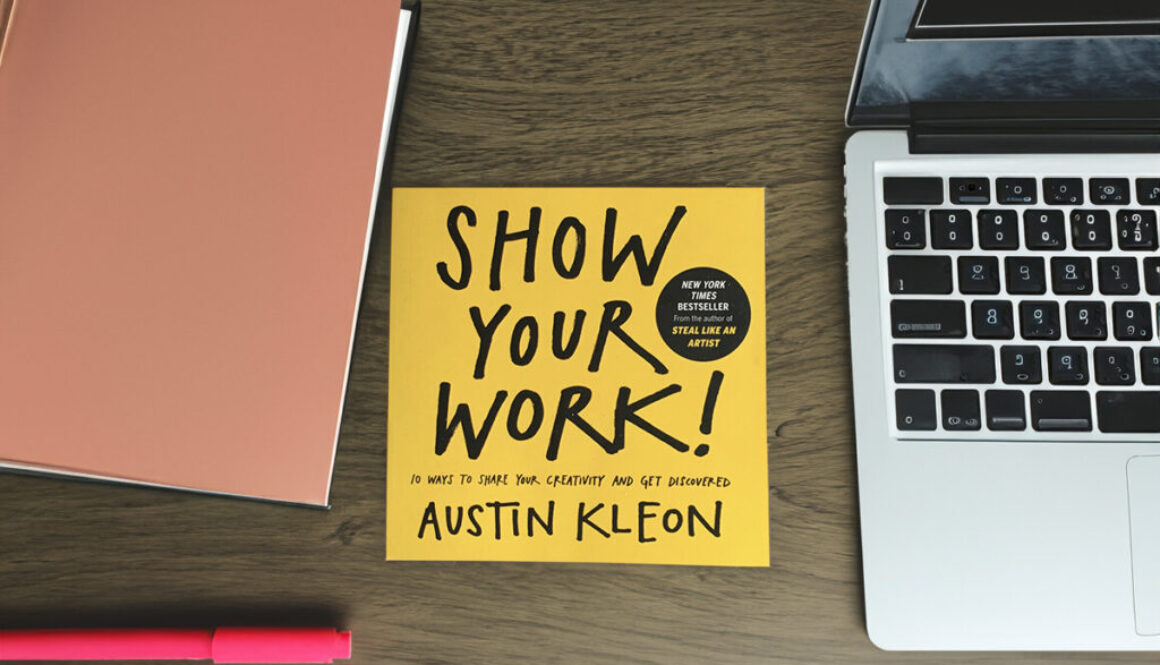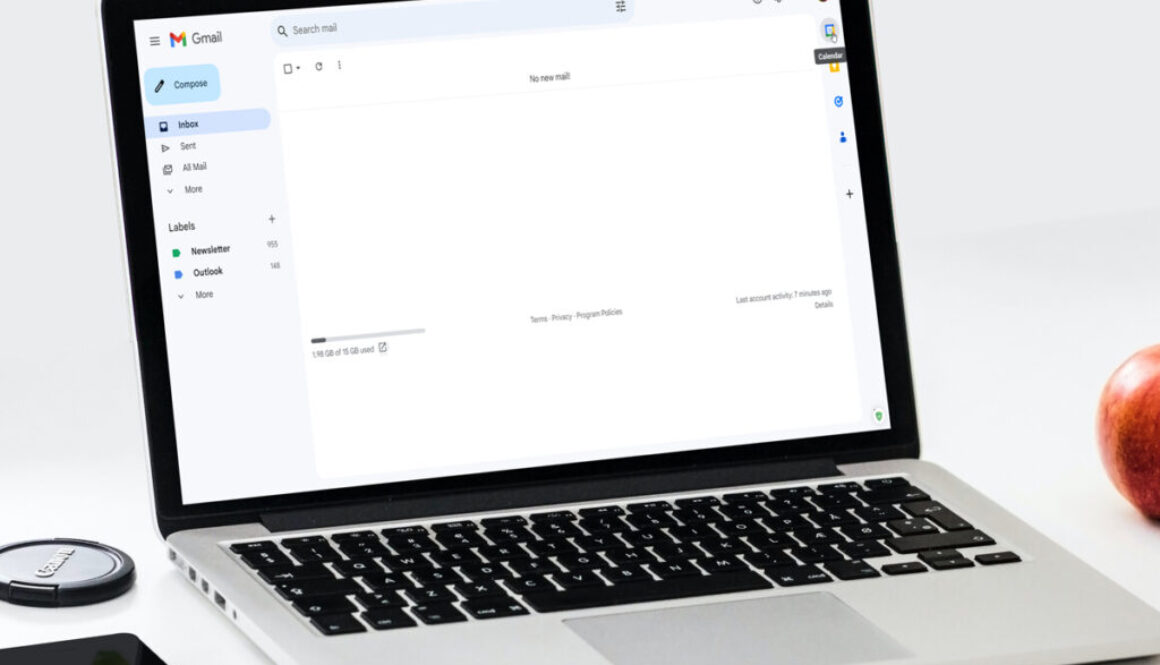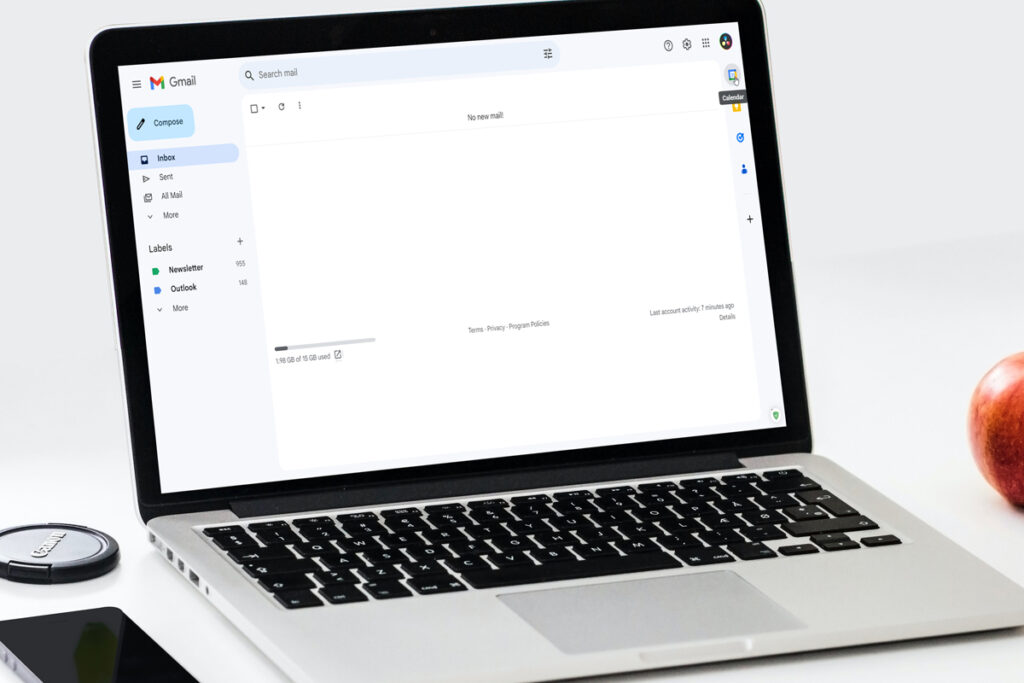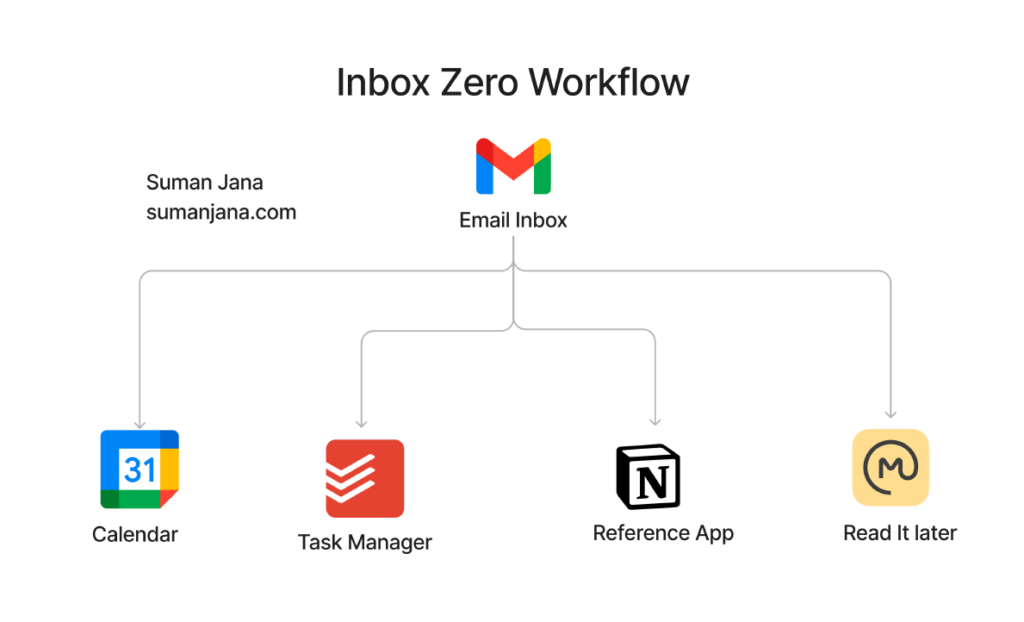Spacemesh Community Call: Reflecting on Challenges and Charting a Path Forward
Introduction: A Candid Conversation on the Future of Spacemesh
On March 5, 2025, Spacemesh leadership held a crucial community call to address the project’s current challenges and outline their vision for the future. Led by Tomer, who has been at the helm of the project, alongside key technical lead Noam, the call provided remarkable transparency into the struggles and learnings of building a decentralized blockchain protocol in today’s volatile crypto landscape.
The hour-long conversation covered personal reflections, technical challenges, business strategy, and philosophical underpinnings of Spacemesh’s approach to blockchain technology. What stood out most was the candid acknowledgment of mistakes made and the clear articulation of steps being taken to address the current issues, particularly around decentralization and market performance.
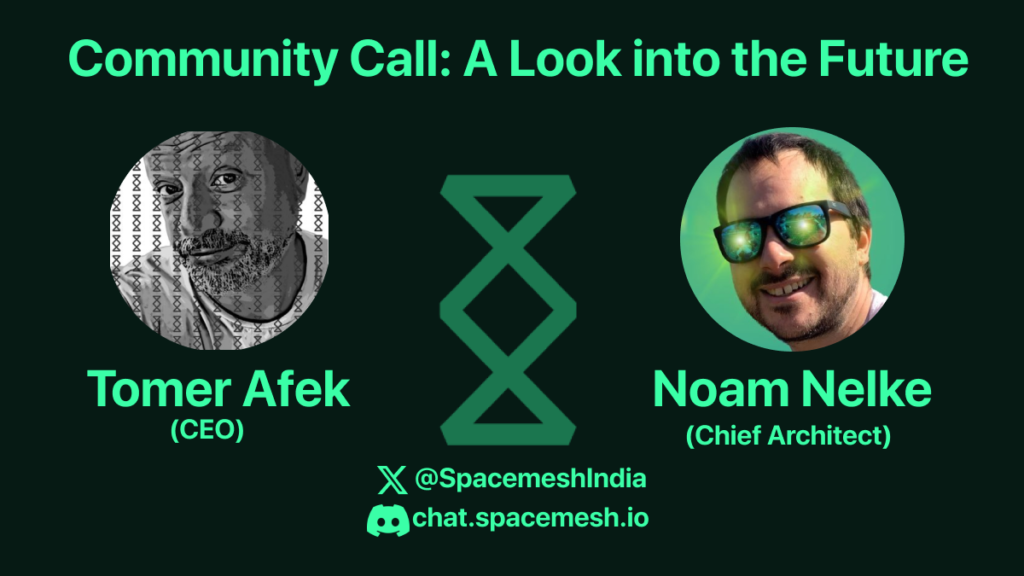
Tomer’s Personal Reflections: Humility in Leadership
Tomer began the call with a deeply personal note, highlighting his background as a venture capitalist and his observations of “tectonic changes” in technology, particularly in the crypto industry. He shared his philosophical framework for thinking about incentives, which he categorizes into three groups:
- Incentives good for the individual but not for society
- Incentives good for both the individual and society
- Incentives good for society but not necessarily for the individual
This framework has shaped Spacemesh’s approach, with a focus on the third category and a commitment to “choosing humanity’s best interest over personal gains.” Tomer emphasized that the team has prioritized research, minimized their footprint on the chain, avoided leveraging hype, and aimed for greater decentralization.
In a moment of remarkable vulnerability, Tomer directly addressed the project’s financial performance:
“A lot of you have lost money on Spacemesh. So I want to start by manning up and say that I’m truly sorry. As the head of the system, it is absolutely on me.”
He went on to identify three assumptions that led to missteps:
- The team believed that quality community members would be attracted by their actions and mission rather than marketing, an approach he now acknowledges contained “naivety”
- They thought taking extra time to build novel technology would “pay back big time” rather than delivering incremental improvements
- The team culture of maximizing freedom of expression and waiting for optimal solutions sometimes resulted in delayed decision-making
Countering accusations of being a “money grab” or “scam,” Tomer revealed that he had invested nearly $1 million of his own family savings into the development company over seven years, demonstrating his commitment to the project’s success.
Technical Challenges and Solutions: Addressing Centralization
One of the most significant issues addressed during the call was the unexpected centralization that emerged in the network. Despite Spacemesh’s promise of decentralization, the team discovered that the majority of storage on the network was coming from specific pool providers rather than a diverse array of individual “smashers” (Spacemesh’s term for miners).
Tomer introduced this technical challenge, but deferred to Noam, who appears to be a key technical leader on the project, for the more detailed explanations. Noam provided important clarifications about the nature of the centralization problem:
“It’s not exactly the minimum storage that those people are allocating, it’s some amount that’s like optimal or what it’s like 2 terabytes, I think.”
The issue, as Noam and Tomer explained, stemmed from incentive problems in the protocol design. These incentives inadvertently gave advantages to smaller storage units, leading to the creation of millions of ATXs (activation transactions), which made running a node on weaker hardware challenging due to the computational demands.
The team outlined their multi-pronged approach to solving this issue:
- Short-term solution: The “node split” feature allows users to be “smashers” without running a full node, reducing computational requirements
- Long-term solution: The “post merge” will address the incentive issues that advantage smaller storage units
- Additional solutions: A marketplace for storage initialization, allowing those without GPUs to get their storage initialized by others
When asked about the timeline for these solutions, Noam provided specific details:
“We’re currently in the process of rolling out ATX merge. This is in advanced testing. And we’ve released the first version or beta version of node split. There is some work to do for the new version of post… I would say a few months. Say 3 months maybe… It’s not a commitment, but I would say around 3-4 months.”
Noam also clarified that the node split feature is “already in beta on mainnet, so people can already use it,” which is an important update for community members looking to participate in the network with less powerful hardware.
Business Strategy: Finding the Balance Between Ideals and Market Reality
A significant portion of the call was dedicated to discussing how Spacemesh plans to navigate the tension between their idealistic vision and market realities. Tomer acknowledged that the project’s decision to focus on technical development before marketing has been challenging in a market driven by hype and meme coins.
Looking forward, he outlined a strategic shift in their approach:
“We now recognize that steps are needed in order to achieve what we are hoping for on the technology side.”
The team has identified several key areas for business development:
- Web3 Applications: Focusing on “the dipping space” which aligns with Spacemesh’s audience of home smashers
- Validation Services: Working with decentralized applications that currently spend substantial amounts (approximately $10 million annually) on validation services on other chains like Solana
- Strategic Partnerships: Engaging with partners like Awari, a company offering 3D/VRML customer service that’s attracting interest from major companies like Qualcomm
Tomer emphasized that these partnerships will help Spacemesh achieve mainstream adoption while staying true to their core mission of decentralization and alignment with the common good.
Community Engagement and Price Concerns
When asked directly about the falling price of the SMH coin, Tomer acknowledged the concern but emphasized that building something “really better and really new” is the best path to maximum impact in the long run. He noted that the industry’s current focus on meme coins and marketing hype over technological innovation has created challenges.
A community member named Yasha offered a thoughtful perspective, praising Tomer’s willingness to publicly apologize for the price decline and suggesting that education and realistic expectations are key to organic growth. He proposed that the team share their growth models to help investors understand the long-term vision.
Another community member named Billy offered encouragement:
“You guys keep going, keep your heads up. You know, it’s half time we might be down, but we can come back and we were 80 cents back in December, that’s 10X from here guys.”
Tomer committed to holding monthly community calls going forward to provide regular updates and help community members adjust their expectations accordingly. This commitment to transparency and ongoing communication represents a significant step toward rebuilding trust with the community.
The Philosophical Underpinnings of Spacemesh
In the final segment of the call, Tomer shared deeper philosophical insights about why he believes proof-of-work systems like Spacemesh are important for establishing truth in our digital world.
He discussed the limitations of the “analytical thesis” that forms the foundation of modern logic, where truth is determined by breaking propositions down into empirically verifiable sentences. This approach, he argued, fails to account for the “Black Swan” problem—the fact that observing only white swans doesn’t prove all swans are white.
In Tomer’s view, blockchain offers a remedy to this problem by establishing that “truth is not necessarily true right now” and enabling the revision of truth through work. He positioned Spacemesh as a synthesis in the evolution of consensus mechanisms:
- Thesis: Bitcoin’s proof-of-work (you must spend to keep your money system honest)
- Antithesis: Proof-of-stake (you don’t need to spend; self-referential loops can work)
- Synthesis: Spacemesh’s approach (you have to spend, but far less than Bitcoin requires)
This synthesis, according to Tomer, creates “a clear case for cheaper, more efficient proof-of-work type protocols” that can ultimately “carry trillions of dollars for us and have the whole world economy based upon them.”
Key Takeaways and Next Steps
The community call revealed several important insights about Spacemesh’s current status and future direction:
- Technical Fixes Underway: The team is prioritizing solutions to the centralization problem, with the “node split” feature already in beta and the full “post merge” expected in 3-4 months, according to Noam
- Strategic Partnerships: Collaborations with projects like Awari will help drive adoption while staying true to the core mission
- Community Focus: Tomer emphasized the need for community involvement in building awareness and promoting Spacemesh
- Regular Updates: Monthly community calls will provide ongoing transparency about progress
- Long-term Vision: Despite current challenges, the team remains committed to building a more efficient, environmentally friendly alternative to traditional proof-of-work systems
Conclusion: A Moment of Truth for Spacemesh
This community call represented a pivotal moment for Spacemesh—an honest accounting of where things stand and a clear articulation of the path forward. The willingness of leadership to acknowledge mistakes, take responsibility, and outline concrete solutions demonstrates a level of transparency that’s rare in the crypto space.
For community members and investors, the call provided both reasons for concern and grounds for optimism. While the technical challenges and market realities are substantial, the team’s commitment to addressing these issues head-on suggests a determination to overcome the current difficulties.
As the project moves forward with its technical improvements under Noam’s technical guidance and strategic partnerships driven by Tomer’s vision, the next few months will be crucial in determining whether Spacemesh can realize its vision of creating a more decentralized, efficient, and environmentally friendly blockchain protocol.
Whether you’re a long-term supporter of the project or someone interested in the evolution of blockchain technology, these monthly community calls will be worth following as the Spacemesh story continues to unfold.
For those interested in joining the Spacemesh community or participating in future calls, connect with the team through their official Discord server or follow their social media channels for announcements, links given below
